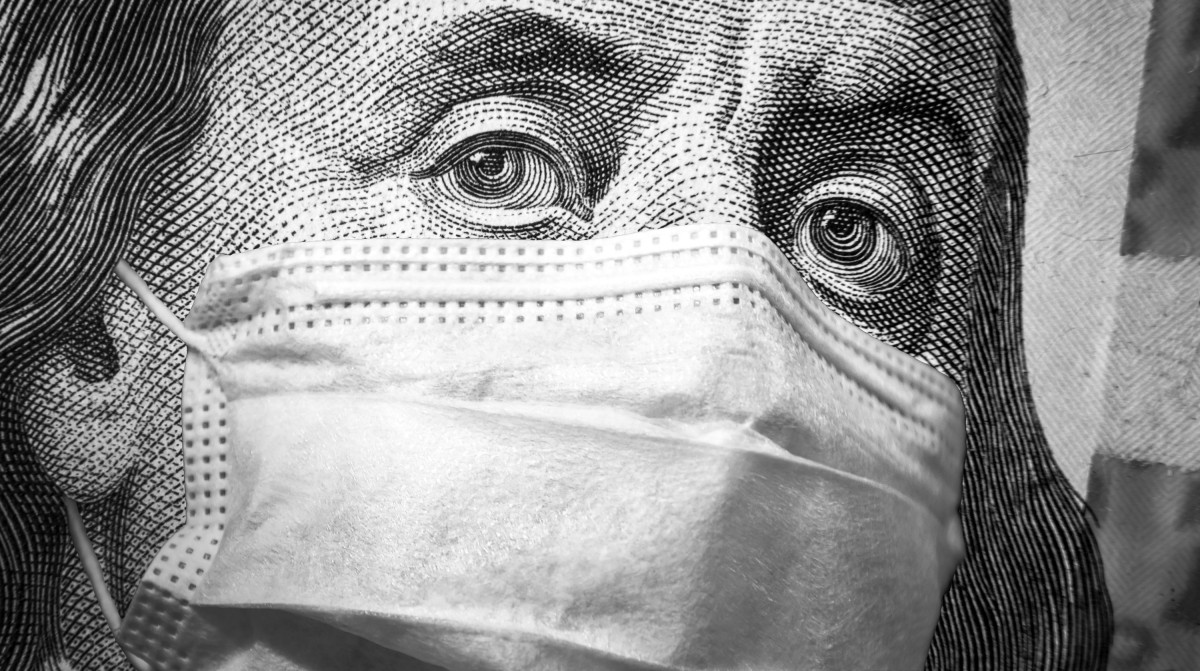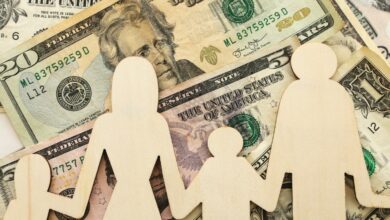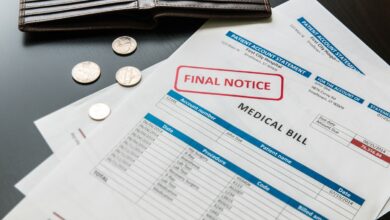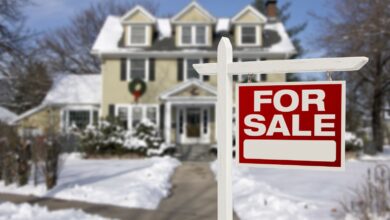The widespread financial devastation brought by the pandemic continues to take a severe toll on lower-income and many middle-income Americans, according to a new study by
The suffering and stress on lower-income Americans (earning less than $25,000) shows few signs of improving any time soon, the study finds. Lower-income earners told those conducting the poll that they felt almost as insecure in August 2021 as they did in 2020. During the worst times of the pandemic, six in 10 felt financially insecure. Half still feel insecure.
By contrast, higher-income earners (above $100,000 a year) are enjoying a robust recovery from the pandemic.
Those in the middle—earning between $25,000 and $100,000—are still feeling less financially secure and recovering more slowly. Some are suffering more than others.
So much so that one in five respondents to the poll said in August 2021 that they were still having a tough time trying to pay their bills.
The results show that the reality for most Americans is widely divergent, the study authors note.
Here’s a closer look at the findings in the survey that included 6,000 Americans and was produced by the recently formed Capital One Insights Center:
Lower-income earners hard hit
For lower-income earners eviction and financial concerns continued to grow as the pandemic raged on. By August 2021 a quarter were still missing payments or were paying their rents late. One in 10 were concerned that they would be forced out of their homes in spite of government moratoriums on evictions.
By August 2021 four in every 10 lower-income earners reported one household earner had lost a job. The figure is three times worse than the rate reported by higher-income earners, in which only 14 percent had lost one earner.
Many middle-income earners suffer hardship
Although they fared better than lower-income earners, many middle-income earners suffered stress and hardship, the survey finds.
About one in five middle-income earners were coping with more debt in the spring of 2021 than they were before the pandemic. By August 2021, they were still battling to pay their bills.
Higher-income earners fared well
Most of those who earned above $100,000 were able to save money during the pandemic and reported few hardships. By August 2021, however, concerns were growing about student loans and medical bills.
Underemployment was severe
Those Americans who were working during the pandemic, particularly Hispanic, Latinx and black workers, were in reality underemployed. Their higher representation in jobs that were closed by the pandemic, such as restaurants and retail outlets, placed them at a higher risk.
A third of white workers reported being underemployed at some stage during the pandemic, whereas nearly half of Hispanic, Latinx and black workers reported being underemployed at that time.
Lack of childcare hit many hard
Many of the respondents to the survey, particularly lower-income women, battled to cope with the new demands of caregiving placed on them as schools and childcare centers closed.
In August 2021 half of lower-income earners and a third of middle-income earners were either still cutting down on work hours or had stopped working because their children were at home and they were unable to obtain childcare from outside sources.
Only two in 10 of those earning more than $100,000 had cut back on childcare. The lack of childcare opportunities was harsher on women than on men. Almost half of those women who earned less than $50,000 were forced to cut back on work hours or had to stop working altogether, compared with a third of men who earned $50,000 or less.
Sense of financial health better among high earners
Feelings of being unhealthy financially fell in half for higher-income earners from the early months of the pandemic to August 2021. By contrast, that feeling has failed to improve among lower-income earners. Indeed, it has become slightly worse, increasing from 42 percent early in the pandemic to 44 percent now.
Women are suffering considerably more than men
The sense of financial health felt by women also was worse more than a year after the pandemic began than that for men. Among those who earned $50,000 or less, four in every 10 women said they felt unhealthy financially, up strongly from the three in every 10 who felt that way in April 2020. In strong contrast, men earning the same amount a year moved in the opposite direction. In April 2020, 42 percent said they felt financially unhealthy. By August 2021 only 29 percent said they felt that way.
The difference is stark. The feeling of financial health improved by 13 percentage points among men, but declined by 8 percentage points among women.
Optimism is gaining
The good news from a bleak survey is that about a third of respondents believe that they will be able to save more over the next three months compared with only one in 10 who believe that they will be able to save less.
Again, the trend is higher among those who earn more, but a quarter of lower-income earners expect that they will be able to grow their savings over the next three months as against two in 10 who believe they will not be able to do so.






